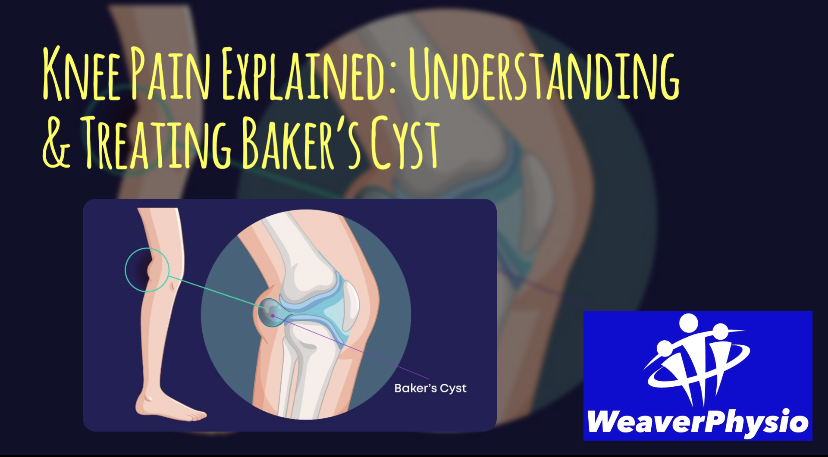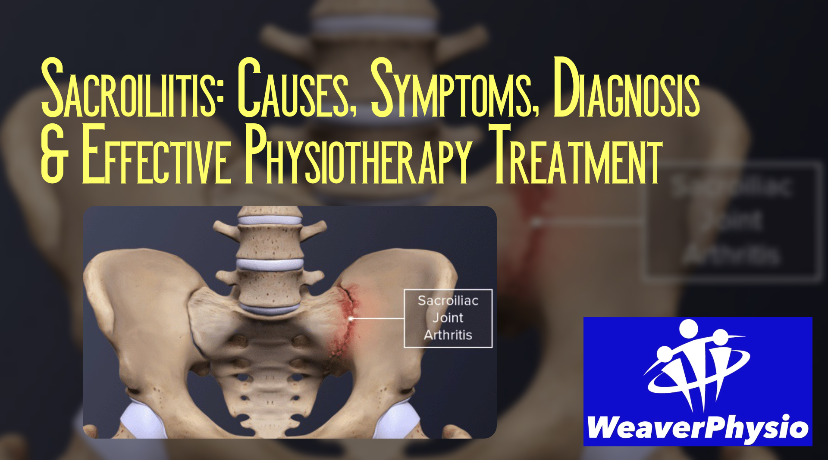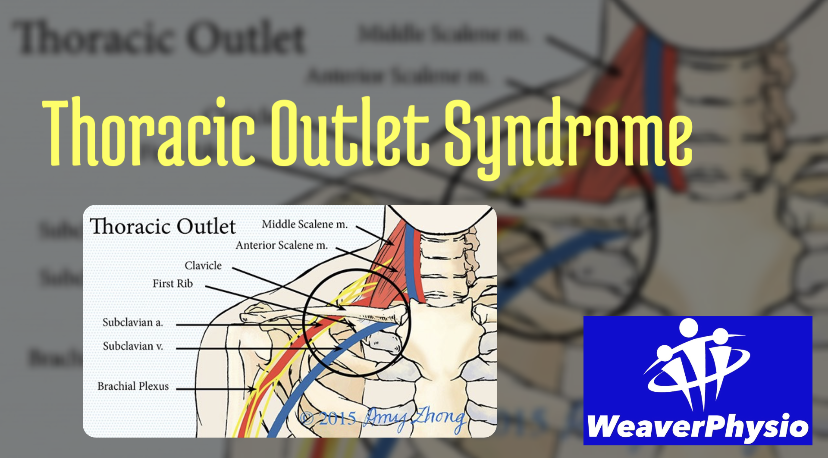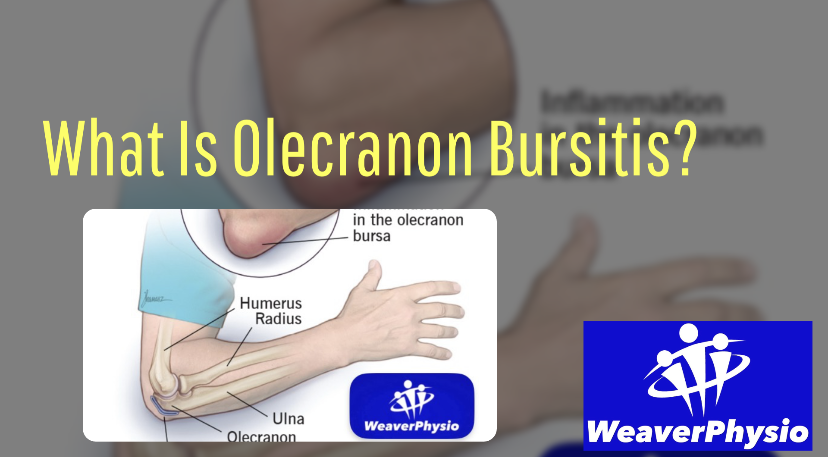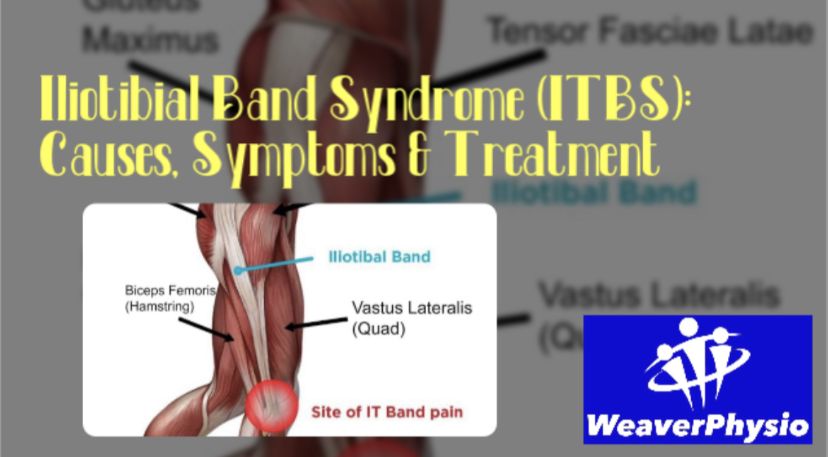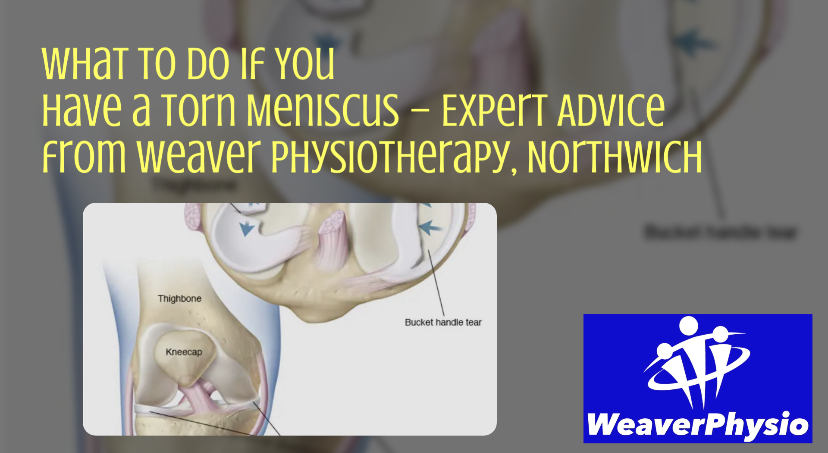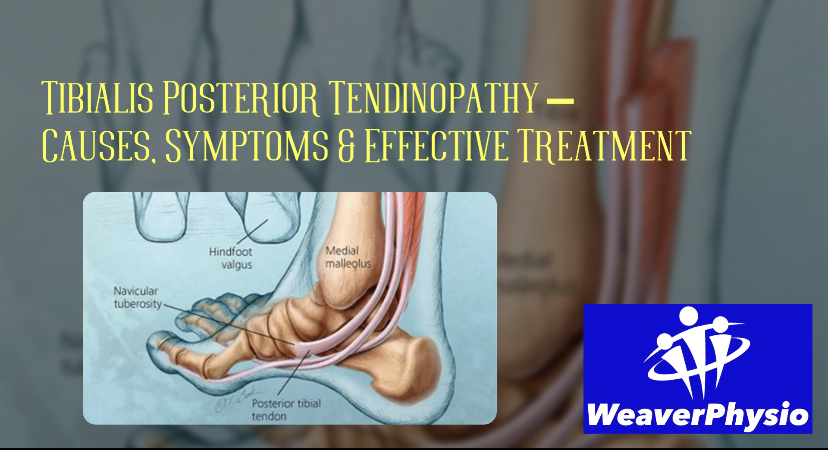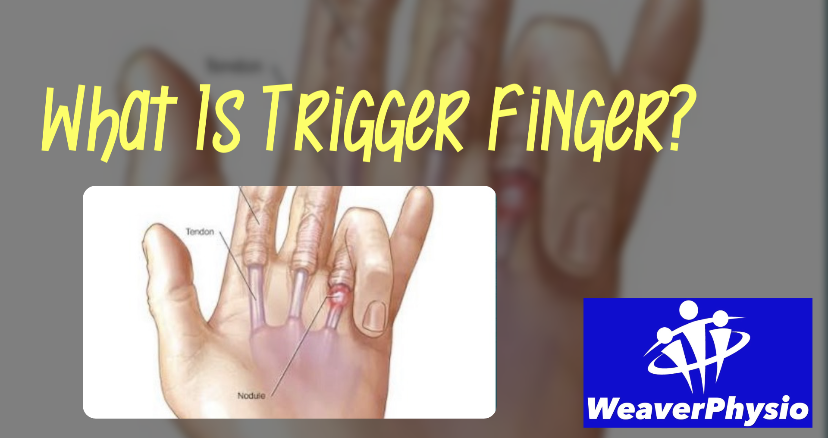Osteoarthritis
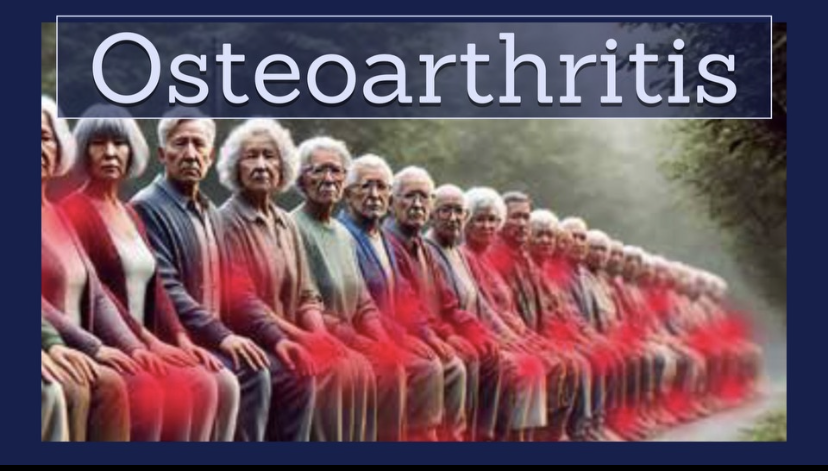
Osteoarthritis (OA) is the most common form of arthritis affecting millions of people worldwide. It is caused by changes in the cartilage that cover the ends of the bone within the joint. The word ‘osteoarthritis’ comes from ‘osteo’ meaning bone, and ‘arthritis’ meaning joint damage and swelling. This is very different from osteoporosis (bone thinning) or rheumatoid arthritis (where the body’s own immune system attacks its joints).
Normal, healthy joints are constantly undergoing repair due to the daily wear and tear that is placed on them. In OA, this process does not seem to occur correctly and changes occur. The cartilage that covers the end of the bone deteriorates becoming damaged and worn. This causes the bones to become closer together and the joint loses its ability to absorb shock well. The bone can thicken in an attempt to protect the joint, and bony growths (osteophytes) can form around the joint edges causing the surrounding tissues to become inflamed. The condition ultimately causes joints to become painful and stiff.
OA can affect any joint in the body.
In the lower limbs, the weight-bearing joints take the most strain over a lifetime and so OA of the hip and knee is the most common. In the upper body the hands, specifically the thumb and fingers, commonly develop OA due to overuse. OA can present in other joints that are repetitively used which may depend on your work, hobbies or sports involvement.
SYMPTOMS OF OA
The main symptoms of OA are joint
pain and stiffness, and problems moving the joint. Swelling, tenderness, grating
or crackling sounds when moving the affected joints can be experienced too. The symptoms and severity of OA will vary from person to person, and from joint to
joint. In some people, the symptoms may come and go, whereas others experience constant pain and stiffness and have severe problems carrying out daily chores, activities or work.
CAUSES OF OA
The exact cause is not known, but several things are thought to increase your risk of developing OA, including:
1.Past joint injury – overusing your joint when it has not had enough time to heal after an injury or operation;
2.Other conditions (secondary arthritis) – OA can happen in joints severely damaged by a previous or existing condition, such as rheumatoid arthritis or gout;
◦ age – your risk of developing the condition increases as you get older;
◦ family history – OA may run in families, although a direct genetic link has not been found;
◦ obesity – being obese puts excess strain on your joints, particularly those that bear most of your weight, such as your knees and hips; and
◦ being female – OA is more common in women than men.
DIAGNOSING OA
Diagnosis can be done by your doctor or physical therapist. It will be based on your history including facts such as:
◦ your age – 45 or older;
◦ you have joint pain that gets worse the more you use your joints; the stiffness in your joints is worse in the mornings or after rest but eases once you gently start moving again; and
◦ history of injury in the joint.
A physical examination will look at your movement, strength and any deformities you may have. Further tests (such as X-rays or blood tests) are often not necessary but may be done to rule out other conditions such as rheumatoid arthritis or a fractured bone.
TREATING OA
OA is a long-term condition that has
no cure; however, it doesn’t necessarily get progressively worse. A number of treatments are available to reduce the symptoms including:
◦ regular exercise;
◦ specific, prescribed strengthening and
mobility exercises;
◦ losing weight if you’re overweight;
◦ wearing suitable footwear;
◦ the use of walking aids or hand splints; l special devices to reduce the strain on your joints during your everyday or work activities; and
◦ medication.
For a small number of patients, these treatments don’t work or the symptoms are so severe that they affect the person’s ability to work or perform daily chores. Surgery may therefore be done to repair, strengthen or replace a damaged joint. Hip and knee replacements are common surgical procedures performed when the pain or disability of OA in those joints
is having a big impact on your daily life. Although these are major procedures, you can return to having an active pain-free life as a result.
As OA is a long-term, chronic condition, it is vital you receive guidance and support to help you cope. Contact your local physical therapist if you suspect you have OA of a joint or if you know you have OA and want to improve your quality of life!
